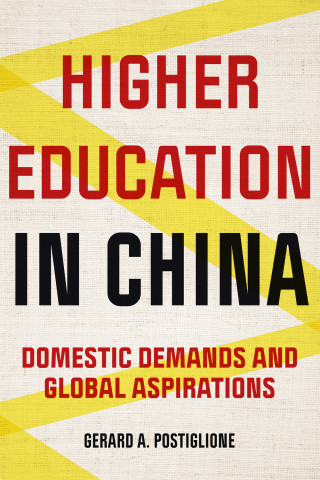
Reviews
Professors in the Gig Economy is a valuable addition to the too-small library of books on contingent faculty and graduate employee unionism. The book's focus on the organizing process puts it in even more rarified company. It enters the truly charmed center of the circle because it was edited by a teacher, Kim Tolley, who herself recently had the life-changing experience of helping to organize her own workplace, Notre Dame de Namur University in Belmont, California. Tolley's experience makes her particularly well qualified to edit such a book, especially since organizing a bargaining unit of both tenure-track and contingent faculty at a private university is very unusual in American higher education.
A timely and important book on the dramatic rise in contingent faculty labor, the broader impact it is having on institutions of higher learning, and the union organizing responses of college faculty, Professors in the Gig Economy should receive the attention of academics, policymakers, and the general public.
Professors in the Gig Economy is a call to action. By way of data, historiography, case research, and anecdote, the authors demonstrate the challenges that exist for adjunct faculty and for academe. For those of us who care about academe and those who work in it, the book offers the ingredients to think about what the correct recipe should be for solving a critical problem.
Kim Tolley brings together a group of superb scholars across disciplinary perspectives to discuss one of the most important issues in the ever-shifting world of academe: adjunct faculty members. For far too long, adjunct faculty have been ignored, kicked to the side, and forgotten, even as their ranks increase. Professors in the Gig Economy places them front and center and explores their history and role in the academy.
Professors in the Gig Economy has brought together a superb scholarly team whose respective chapters analyze how contingent faculty have come to be center stage in American higher education. They play a role that will increase in significance, size, and complexity—and up to now has been sorely understudied or ignored. This anthology provides a much-needed multidisciplinary exploration of unionization and other issues dealing with the academic profession as part of a significant change in the nation’s institutions and economy.
Overreliance on adjunct faculty presents the greatest challenge to academic freedom and educational quality today. Through illustrative case studies, these essential and informative essays demonstrate how unionization can play a pivotal part in addressing the problem, while uniquely highlighting how tenure-track professors and adjuncts can and do work successfully together.
Professors in the Gig Economy is a compelling collection of histories and case studies of adjunct faculty unionization. This book is a valuable resource and essential reading for anyone interested in the new faculty majority that defines the new higher education economy.
Book Details
Preface, by Kim Tolley
Acknowledgements
1. From Golden Era to Gig Economy, by A. J. Angulo
2. Understanding the Need for Unions, by Adrianna Kezar and Thomas DePaola
3. A Long History of Activism and
Preface, by Kim Tolley
Acknowledgements
1. From Golden Era to Gig Economy, by A. J. Angulo
2. Understanding the Need for Unions, by Adrianna Kezar and Thomas DePaola
3. A Long History of Activism and Organizing, by Timothy R. Cain
4. Union Organizing and the Law, by Gregory Saltzman
5. A Just Employment Approach to Adjunct Unionization, by Joseph McCartin and Nicholas Wertsch
6. Unionizing Adjunct and Tenure-Track Faculty at Notre Dame de Namur, by Kim Tolley, Marianne Delaporte, and Lorenzo Giachetti
7. Unions, Shared Governance, and Historically Black Colleges and Universities, by Elizabeth K. Davenport
8. Forming a Union, by Shawn Gilmore
9. Wall to Wall, by Luke Elliot-Negri
10. California State University East Bay, by Kim Geron and Gretchen M. Reevy
Conclusion, by Kim Tolley and Kristen Edwards
Contributors
Appendix
Index






